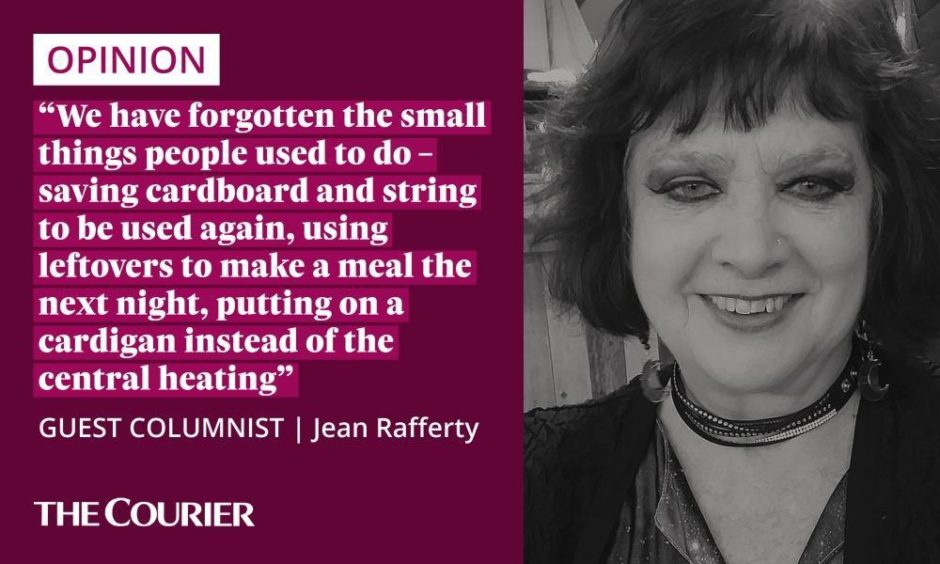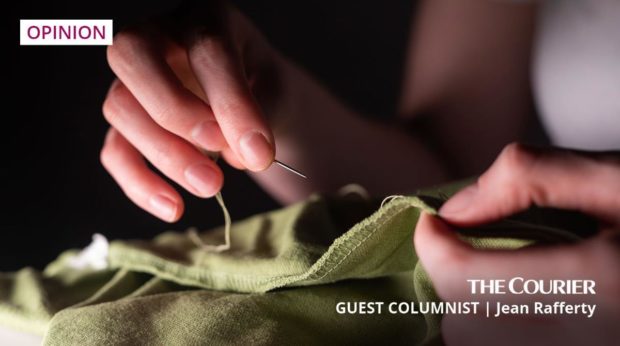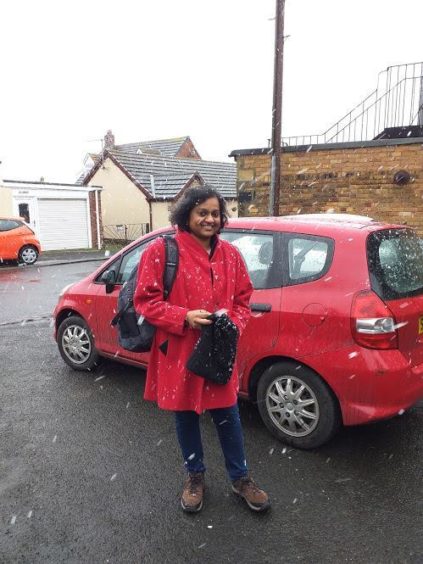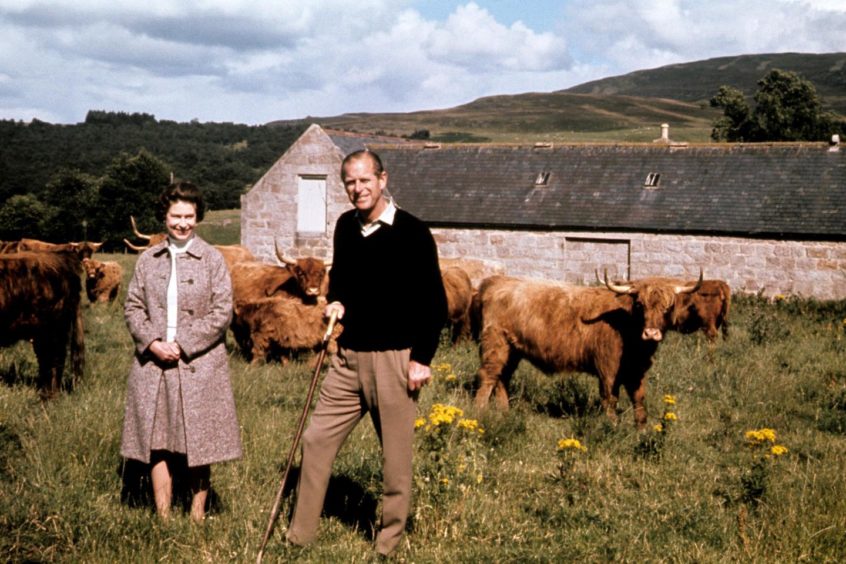Nimisha stayed with me in freezing February, the year before the pandemic.
She was a young Indian woman who’d come to Scotland to do her third Masters, a degree which would leave her £40,000 in debt.
It was in international relations and should have been the passport to a good job in diplomacy but I was ashamed when she told me her experience of Scottish education – the course material focused on Brexit and Europe and didn’t appear to have even noticed the existence of Asia.
Shame was my first response but I enjoyed her company so much that we became great friends.

She was warm and witty, regaling me with stories of her family.
Nimisha lived with them in a small two bedroom flat in Bombay, as she called her home city.
But during her childhood there had always been cousins living with them, treated as her siblings.
Often there were as many as nine people in the confined space.
I grew up in a flat with six children but the rooms were large and we had three bedrooms and communal central heating throughout the block.
There was green space around us, waste ground at first and later (much to us children’s disgust) landscaped.
Our flat felt cramped. Nine people in a much smaller space must have been downright claustrophobic.
Shared space, different attitudes
Living with Nimisha was to be a revelation.
We had very different time clocks – I’m an owl who goes to bed after one and reads till three, just when Nimisha was getting up.
So it took me a few days to realise that the fluffy towels I’d left out for her were unused.
When I asked her why, she pulled out a thin piece of cotton – the “towel” she’d brought from home.
It couldn’t have dried a flea here.
It was fine, she insisted.
I insisted back – it was unthinkable to me that she’d shiver more in my home than she already did in our dank, dark climate.
Over the week we drove to beautiful places so she could see some of the country.
She always wanted to pay for petrol and would refuse to go to tea shops to spare me paying.
One morning I got up early for some reason and discovered her sitting in the darkness, only the light of her computer screen illuminating the room.
She wanted to save my electricity.
We no longer notice what we waste
Nimisha was habitually mindful about energy in a way we have forgotten.
The Queen may go round turning off lights and rolling ends of soap into disgusting little balls to save them going to waste.
But the rest of us leave the telly plugged into the wall overnight, fill the kettle full when we just want one cup of tea, and hop into the car to pick up the smallest thing we’ve forgotten.
Stroll through any suburban area and you’ll see people’s garden sheds lit up all night long.
We live carelessly, using five times more electricity than someone who lives in India.
Admittedly it’s a colder country and India is one of the world’s biggest users of solar power.
But we in the West have forgotten the small things people used to do – saving cardboard and string to be used again, using leftovers to make a meal the next night, putting on a cardigan instead of the central heating.
On a political level we pay lip service to environmentalism, commissioning wind turbines to be manufactured 7,000 miles away in Indonesia and flip flopping between ideas as lightly as Boris Johnson flips his fringe.
Wind turbines off the #Fife coast should be built here in Fife not in Indonesia. Sending this major #infrastructure contract overseas would be a national scandal – we need these jobs here in #Fife
Read Gordon Browns article here👇🏼https://t.co/C7gg4bauxy
— Cara Hilton (@cara_hilton) June 19, 2019
Diesel cars – oh no, we made a mistake… Hydrogen – yes, we know it won’t heat your home as efficiently but shell out thousands on new boilers anyway… Of course we recycle our plastic waste – we pack it off to China…
Except now we can’t even do that since the Chinese brought in their National Sword policy and chop, chop, chop, that was the end of that.
We’re doing well if we recycle a fifth – the last recorded figure I saw was around nine percent.
How much do we waste? How much do we need?
Living with Nimisha made me think more carefully about what really matters.
I still buy too many clothes and I love my dishwasher.
But I don’t think food needs to be wrapped in clingfilm, nor that vegetables should be tossed if they’re not a uniform size.
She made me more aware.
Towards the end of the week we came out to a miracle.
Nimi had never seen snow before.
She raised her face to the sky, radiant, as snowflakes fell around her.
Why do we think we need so much?


